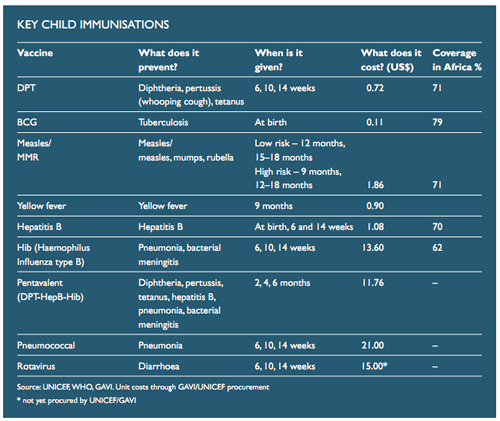Here's an article from a developmental economist whose blog we follow. (Owen Barder lives in Ethiopia and it was through him, sort of, that we met Desalegn. And as they say, the rest is history!) I'm so proud and amazed that from Team Tasfa are already looking at ways to reduce and treat preventable diseases in Shanto!
(And I don't know why my normal typing is showing up as ALL CAPS! Or why I can't get the YouTube video to be a more reasonable and smaller size. I guess that's what you get when you put an otter on the job!)
Born to shine
January 24th, 2011
Save the Children has today published a new report, No Child Born to Die: Closing the Gaps. It is accompanied by an excellent new video which is well worth two and a half minutes of your time:Eight million children die each year before their fifth birthday, mainly of easily preventable and treatable diseases. About 1.6 million children under five die of pneumonia, and 1.3 million of diarrheoal diseases. These diseases two account for three times as many deaths as malaria and HIV combined.
Save the Children are right to highlight the success of vaccines to combat these preventable deaths. And they are right to emphasize the need for donors to give enough money to the Global Alliance for Vaccination and Immunization (GAVI) to enable it to fund more vaccinations. GAVI says that it needs $500m a year more to enable it to provide existing and new vaccines. Donors should come to the London meeting in June 2011 ready to pledge it.
I am not however persuaded by SCF’s call to “bring down vaccine prices”. They should be careful what they wish for. If prices for vaccines used in developing countries are too low, pharmaceutical companies are less likely to develop new vaccines for diseases predominantly in developing countries and less likely to manufacture such vaccines in large quantities. If anything, we should be trying to sustain vaccine prices at a reasonable level which provides a decent return to vaccine manufacturers who get involved in these markets. I have no quibble with any measures to reduce the actual cost of those vaccines (eg by reducing unnecessary regulation or by reducing uncertainty) but it would be unwise of donors to use their monopsony purchasing power to make the production of vaccines for developing countries more unattractive for pharmaceutical companies. We want vaccines to be affordable, but it is likely that subsidies are a better way for donors to do this than by limiting the economic value of this market.
The SCF is also wrong to call for an end to health worker recruitment by developed countries from developing countries. First, we do not know whether this kind of migration reduces or increases the number of health workers in developing countries. There is a positive relationship between the number of African health workers inside a particular country and the number of health workers from that country working abroad, which suggests that the opportunity to emigrate may play a role in recruiting more people to the health professions, more than compensating for the number of people who end up emigrating. Second, this kind of regulation is not an effective way of influencing the migration choices of skilled workers: we should instead be asking how the health system would need to change for them to want to stay. Third, this treats health workers as a human resource not as human beings. Why should they be denied the opportunity to make their own lives better, if that is what they choose to do?
Not every country is constrained by lack of money; but some clearly are. Ethiopia, where I live, is a case in point. Health spending per person is about $30 per person per year; and of that, the government spending is about $17 per person. With a committed Minister, the government has achieved an extraordinary amount with very little money, especially through the introduction of health extension workers, but they could clearly do so much more if they had more money to spend. Save the Children is absolutely right to call for long-term commitments of funding for health systems to enable governments to increase these basic health services.
Well done to Save the Children for starting this campaign: it is a global scandal that so many children die of easily preventable and treatable diseases. As Save the Children rightly says, we should mobilise funding for vaccines and improve the provision of long-term funding for health systems.


1 comment:
Burberry T Shirt Herren
Chanel T Shirt Frauen
Ed Hardy T-Shirt Damen
Ed Hardy T-Shirt Herren
G-star T Shirt
Lacoste T-Shirt Herren
Louis Vuitton T Shirt Frauen
Louis Vuitton T-Shirt Herren
Versace Tasche
Accessoires & Schmuck
Chanel Armband
Chanel Halskette
Chanel Keychain
Chanel Ohrring
Chanel Schlusselanhanger
Louis Vuitton Armband
Louis Vuitton Halskette
Louis Vuitton Ohrring
Louis Vuitton Schlusselanhange
ohrring tiff
Post a Comment